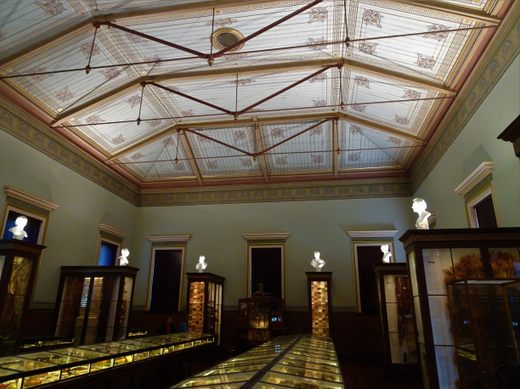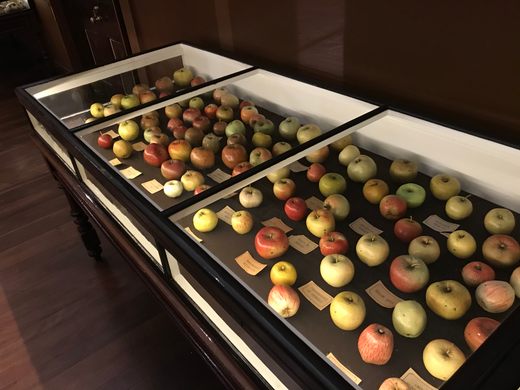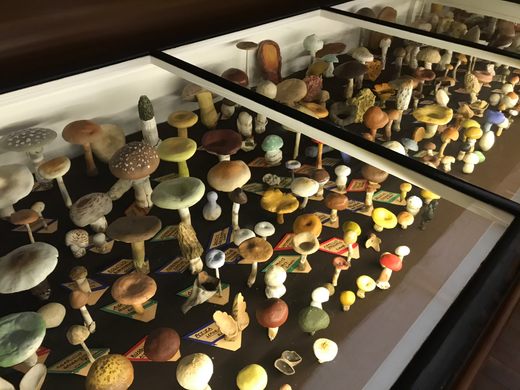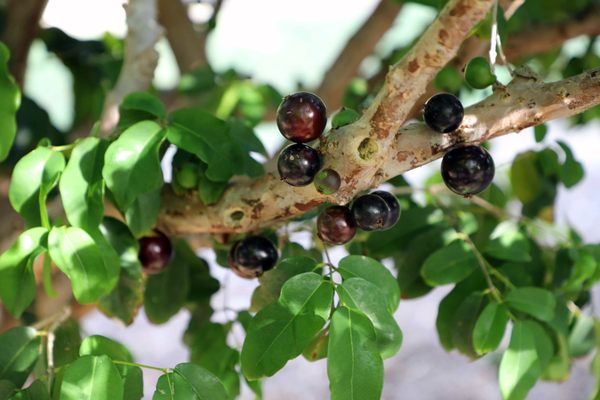Santos Museum of Economic Botany
A wealth of plants and horticultural curiosities fill this charmingly antique museum.
For more than a century, the Santos Museum of Economic Botany has educated the public about thousands of phytochemical and ethnobotanical derivatives. Anyone with even a passing interest in food, drugs, or clothing will be fascinated by the cornucopia of plants, seeds, fruit, and horticultural curiosities presented with detailed descriptions of their historical and contemporary uses.
At the height of the industrial revolution in the 19th century, many corporations were at pains to conceal the origins of new products. This gave rise to economic botany museums, which sought to demystify the provenance of common household goods and show the relationship between humans and plants.
An additional economic botanic benefit of the exhibition was that it showed the ingenuity of Aboriginal and non-European populations through their uses of the natural world, thus reducing some of the less desirable colonial attitudes of the day. Built in 1881, the Santos Museum was inspired by the collections and exhibitions at Kew Gardens in London.
The pomological collection is perhaps the highlight of the museum, which features 129 pears and 192 apples (including some varieties that no longer exist) expertly made out of papier-mâché by artist Heinrich Arnoldi. The models were acquired for the museum in the late 1800s by its director, Dr. Richard Schomburgk, a German immigrant who capitalized on the flowering interest in the German fruit industry that broadly introduced new and exotic crops.
Interest in the museum dropped during the 20th century, but following its 2009 renovation, the museum has become a centerpiece of the Adelaide Botanic Garden, now featuring more than 3,000 items. Most displays are from the original collection and are accompanied by their original labels, giving the museum a vibrantly antique quality.
Know Before You Go
The museum is open Wednesday to Sunday, 10:00 a.m. to 4:00 p.m.
























Follow us on Twitter to get the latest on the world's hidden wonders.
Like us on Facebook to get the latest on the world's hidden wonders.
Follow us on Twitter Like us on Facebook